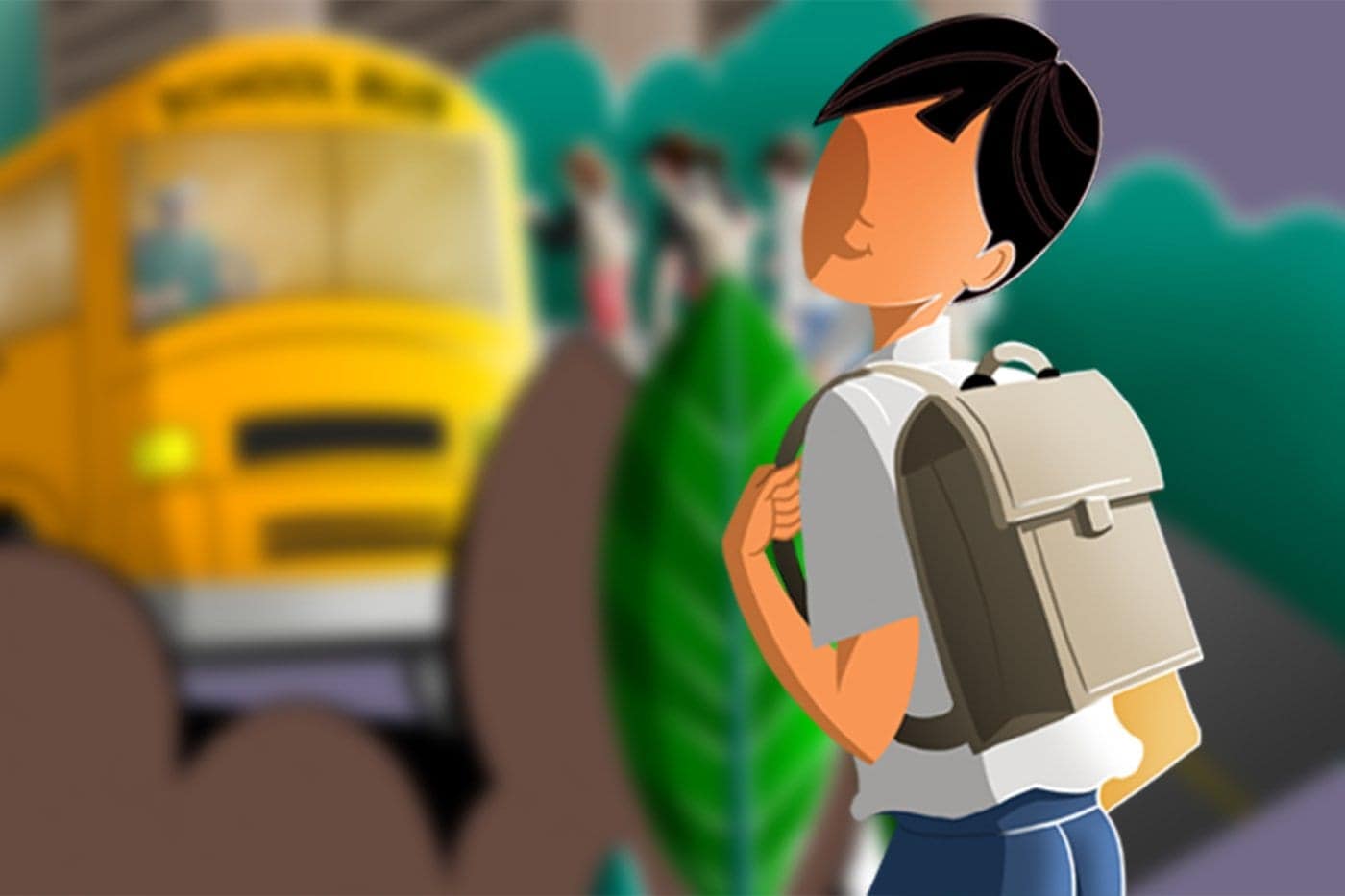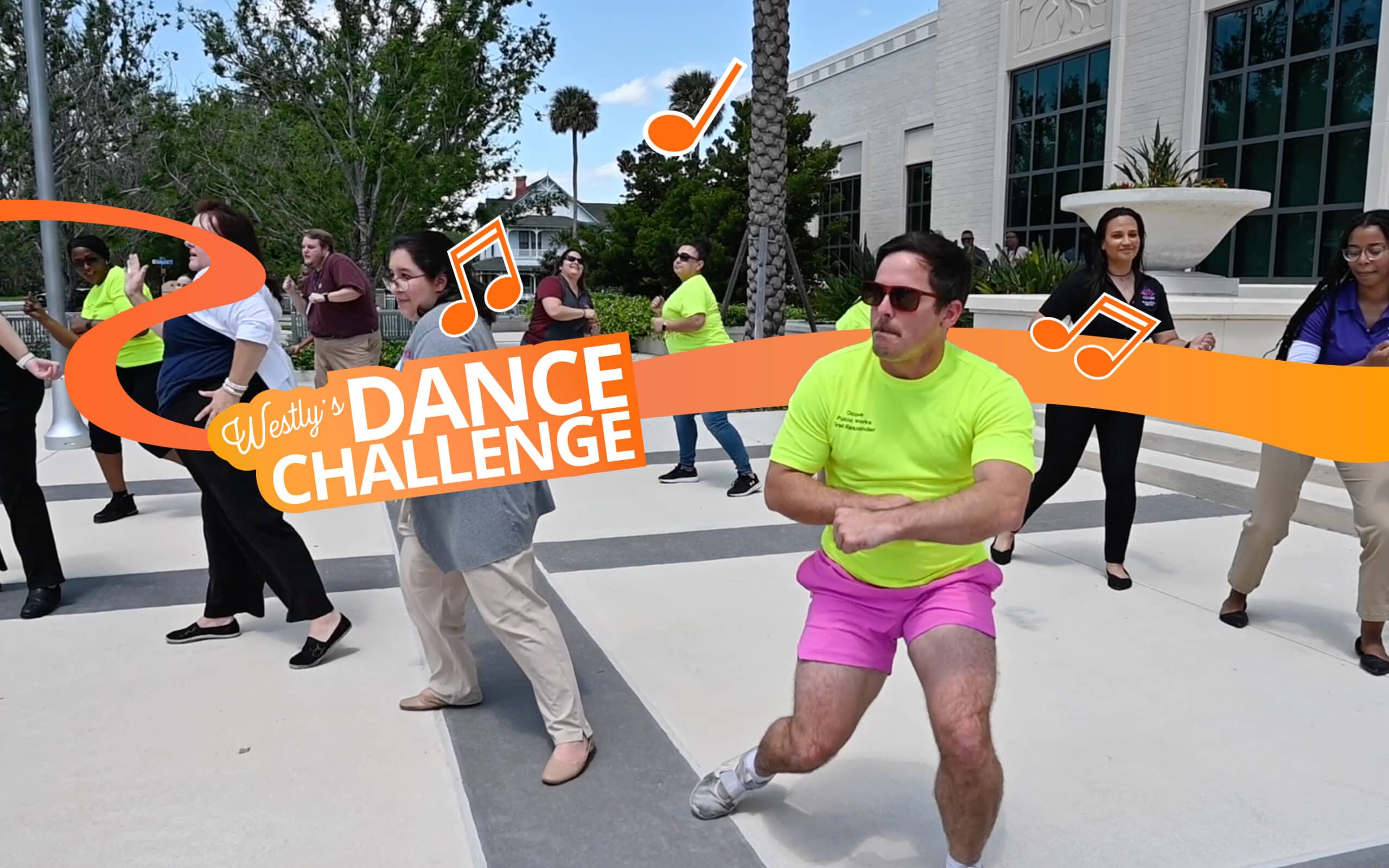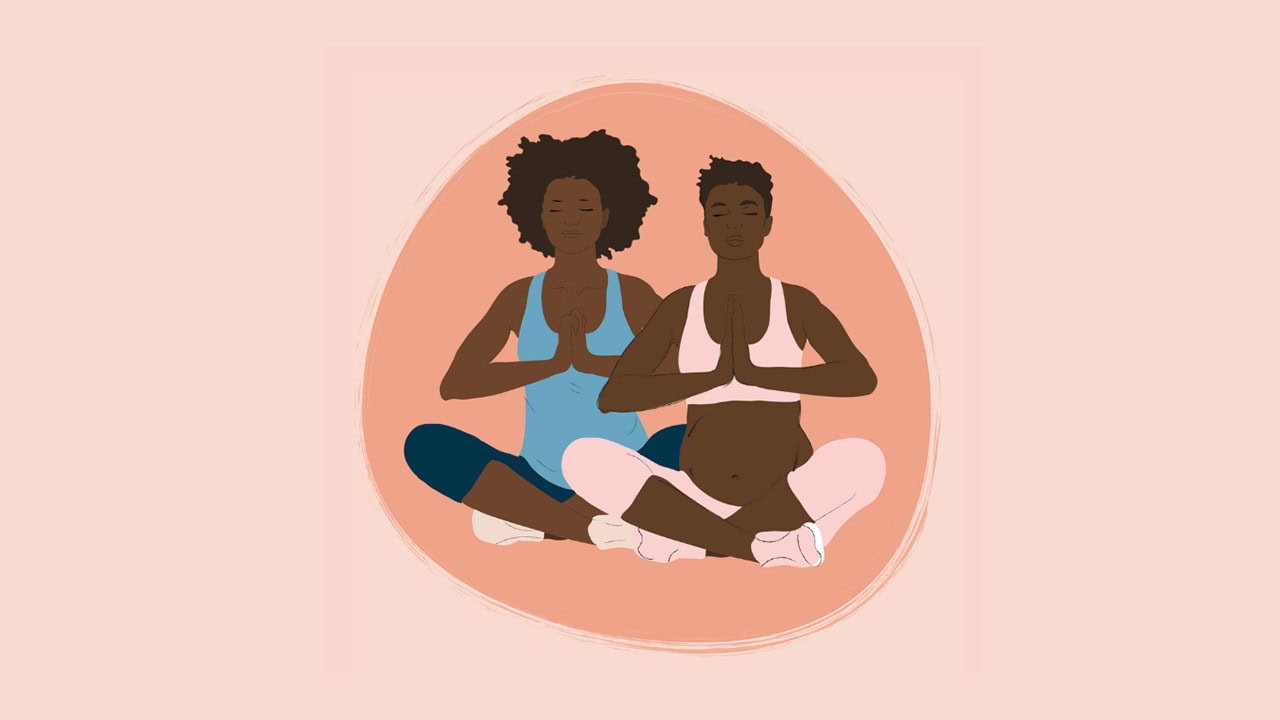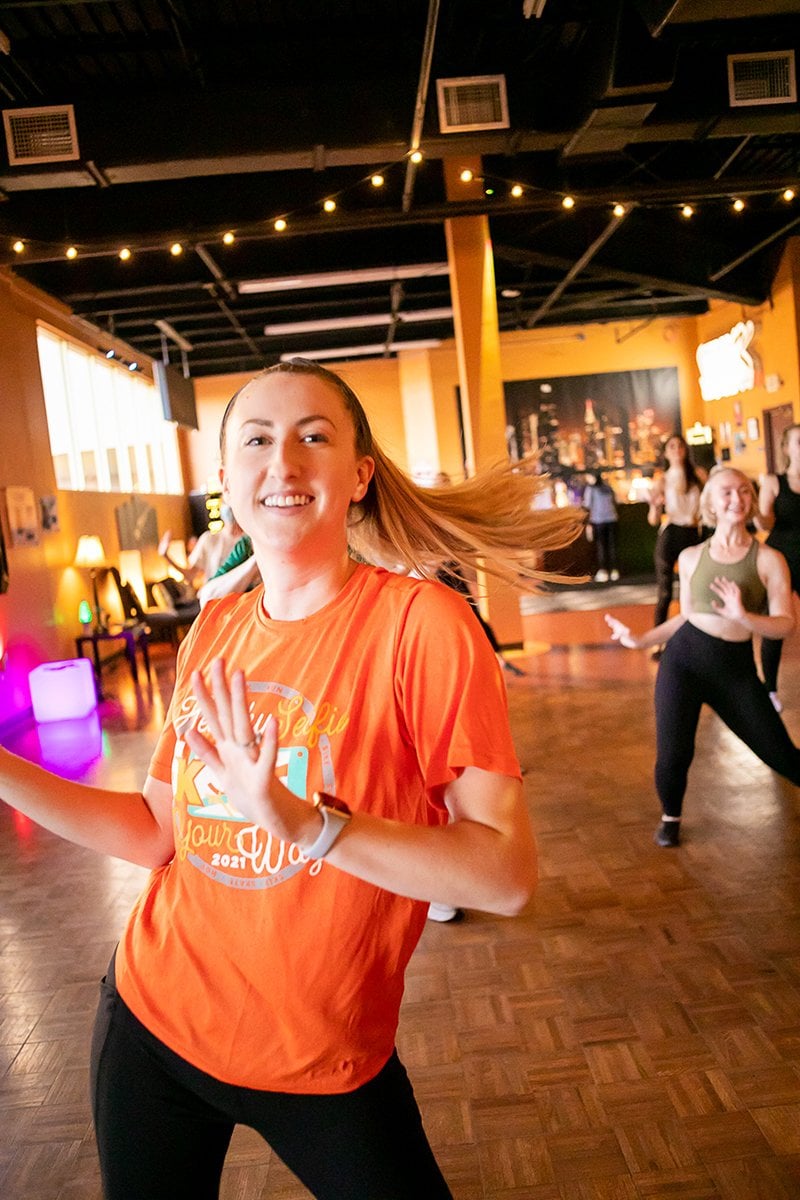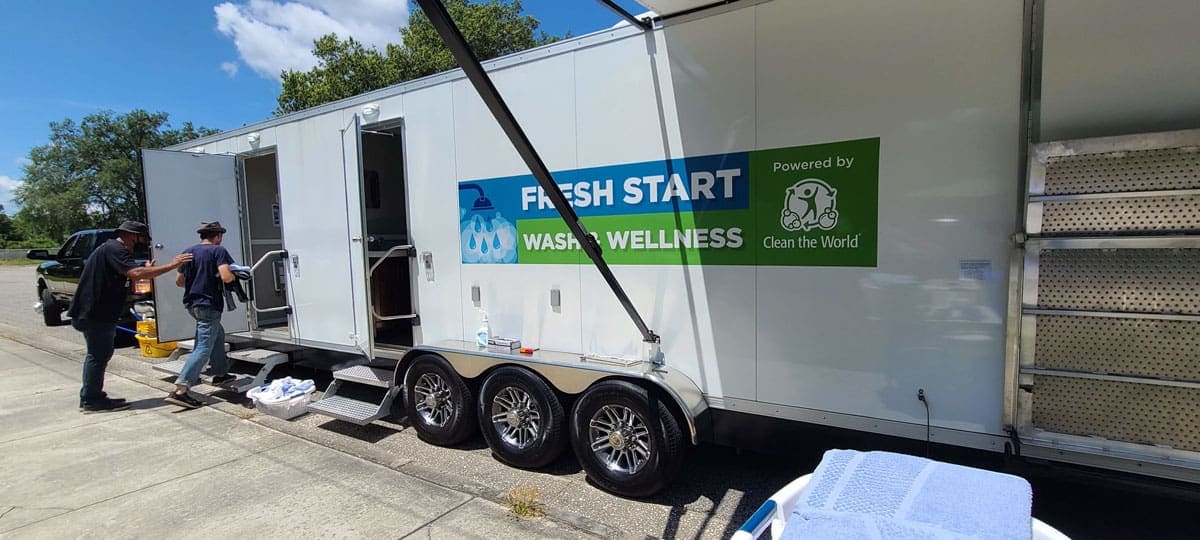Backpack Safety

Backpack Safety
Excerpts from KidsHealth from Nemours & National Safety Council
How does your child carry their books and supplies? With so much to tote around these days, backpacks are often the easiest way to get the job done. Compared with shoulder bags or purses, backpacks are better for posture because the weight of the contents can be evenly distributed across the body and shoulders, and neck injuries are less common than when the items are carried by hand. But these benefits are only seen when backpacks are worn properly. As practical as backpacks are, they can strain muscles and joints and may cause back pain if they’re too heavy and/or are used incorrectly.
Backpack Strategies
Some kids have backaches because they’re lugging around their entire locker’s worth of books, school supplies, and personal items all day long. While things like sports, poor posture while sitting, or even inactivity can cause back pain, over-packed and overweight backpacks are often the culprit.
The American Chiropractic Association recommends that backpacks weigh no more than 5% to 10% of a child’s weight. Wearing a heavy backpack that is incorrectly placed on the shoulders will cause the weight’s force to pull a child backwards. To compensate, children might bend forward at the hips or arch their back. This can make the spine compress unnaturally, leading to shoulder, neck, and back pain.
- Wear the backpack properly using both straps over the shoulders. Wearing only one shoulder strap may cause children to lean to compensate for the extra weight; causing poor posture and possibly back pain.
- Carry smaller loads. Be aware how much the backpack holds and use your locker to unload some of the weight and unnecessary items.
- Pick up the backpack properly. Bend your knees to pick-up the backpack.
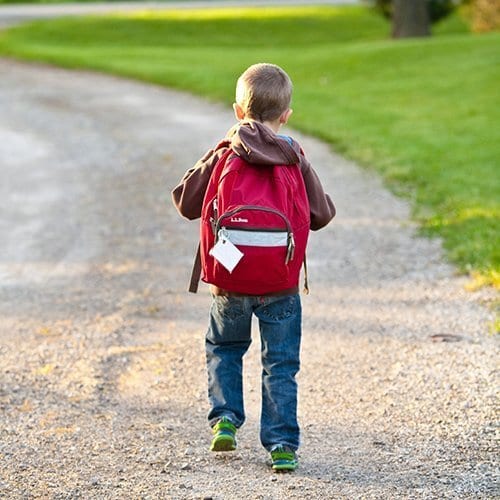

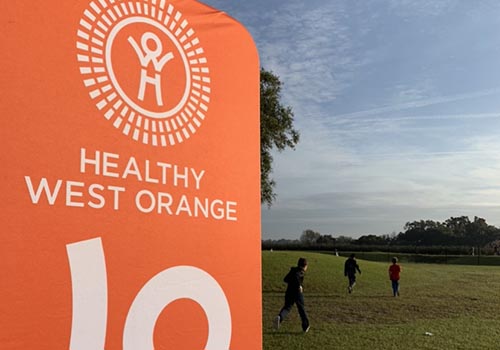
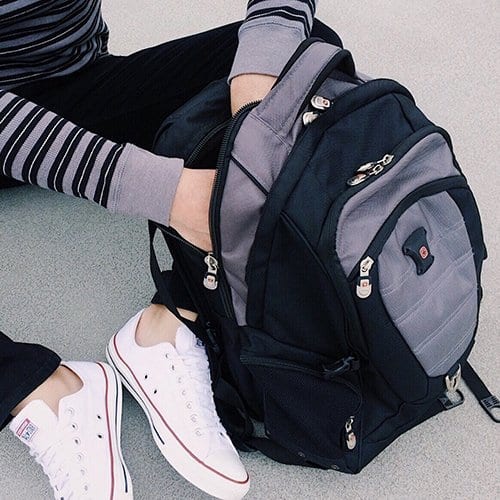
What to Consider when Buying a Safe Backpack
Consider a backpack’s construction before buying one.
- The appropriately sized backpack should not be wider than the child’s torso or hang more than 4 inches below the waist.
- Lightweight packs that don’t add a lot of weight to your child’s load.
- Wide, padded shoulder straps that won’t dig into shoulders; interfering with circulation and nerves.
- Padded backpacks provide increased comfort and protect kids from being poked by sharp objects or edges (pencils, rulers, notebooks, etc.) From inside the pack.
- Waist belts help distribute the weight more evenly across the body.
- Chest and waist straps help distribute the backpack’s weight more evenly.
- Multiple compartments help distribute the weight throughout the pack.
- Compression straps stabilize the contents.
- Reflective material allow children to be seen when walking to and from school.
Get the Most Out of Your Backpacks… not a Backache
Having a backpack is a great way for children to manage their books and supplies throughout their school day, however, having a plan to keep the weight manageable is the key to avoid poor posture and backaches. If your child does has back pain or numbness or weakness in the arms or legs see your physician or healthcare professional. Remember it’s a team effort to understand and figure out the balance between wearing a backpack properly while remaining cool for everyone to see. Doing it correctly now will have a lasting effect on your child’s body in the future.
We Want to Hear from You!
Does your child use a backpack for school? How’s it working out?

